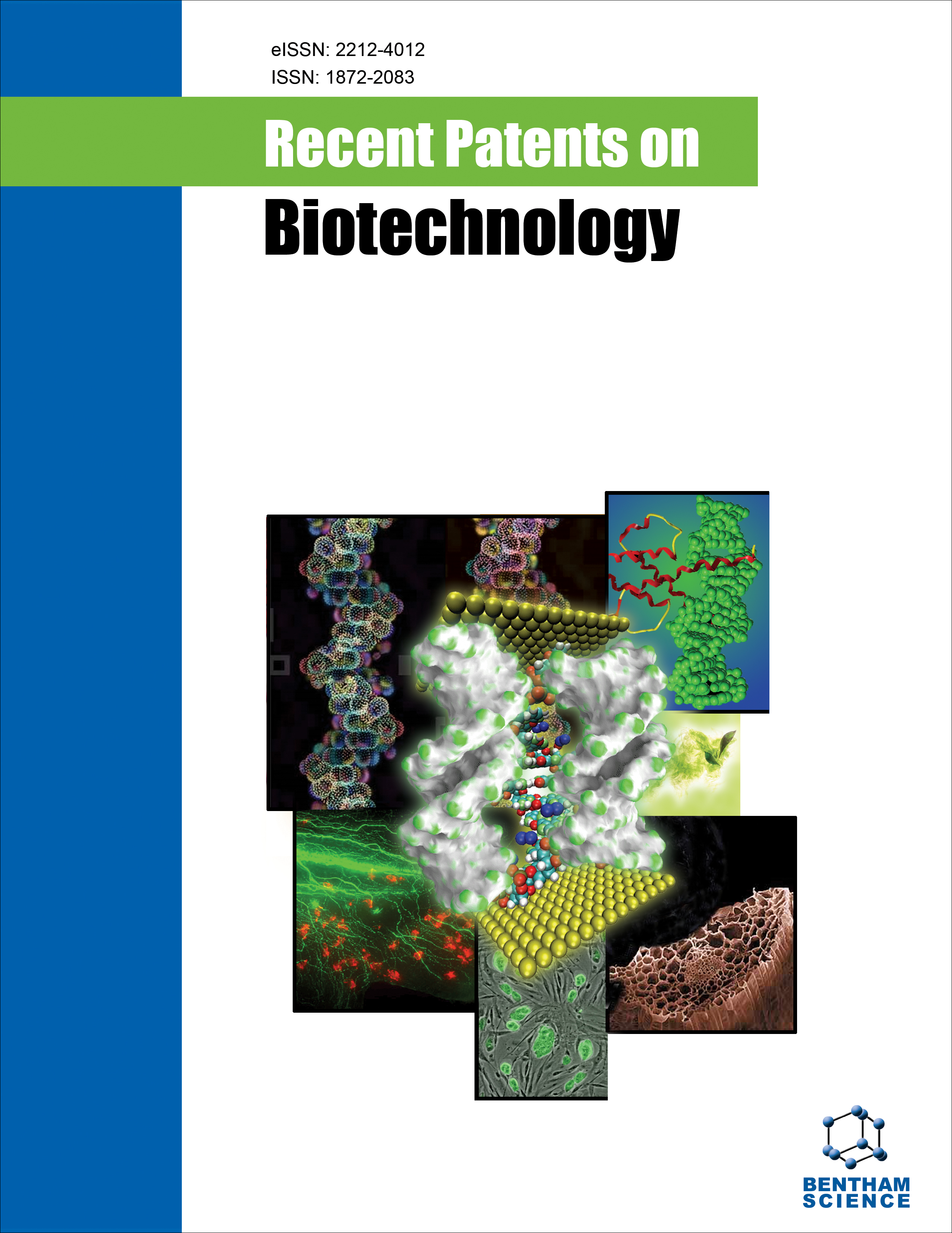
Full text loading...
We use cookies to track usage and preferences.I Understand
Traditional drug discovery methods such as wet-lab testing, validations, and synthetic techniques are time-consuming and expensive. Artificial Intelligence (AI) approaches have progressed to the point where they can have a significant impact on the drug discovery process. Using massive volumes of open data, artificial intelligence methods are revolutionizing the pharmaceutical industry. In the last few decades, many AI-based models have been developed and implemented in many areas of the drug development process. These models have been used as a supplement to conventional research to uncover superior pharmaceuticals expeditiously. AI's involvement in the pharmaceutical industry was used mostly for reverse engineering of existing patents and the invention of new synthesis pathways. Drug research and development to repurposing and productivity benefits in the pharmaceutical business through clinical trials. AI is studied in this article for its numerous potential uses. We have discussed how AI can be put to use in the pharmaceutical sector, specifically for predicting a drug's toxicity, bioactivity, and physicochemical characteristics, among other things. In this review article, we have discussed its application to a variety of problems, including de novo drug discovery, target structure prediction, interaction prediction, and binding affinity prediction. AI for predicting drug interactions and nanomedicines were also considered.

Article metrics loading...

Full text loading...
References


Data & Media loading...

